
Supercharge your lead generation with a FREE Google Ads audit - no strings attached! See how you can generate more and higher quality leads
Get My Free Google Ads AuditFree consultation

No commitment
Supercharge your lead generation with a FREE LinkedIn Ads audit - no strings attached! See how you can generate more and higher quality leads
Get My Free Google Ads AuditFree consultation

No commitment
Supercharge your lead generation with a FREE Meta Ads audit - no strings attached! See how you can generate more and higher quality leads
Get My Free Google Ads AuditGet My Free LinkedIn Ads AuditGet My Free Meta Ads AuditFree consultation

No commitment
Supercharge your lead generation with a FREE Google Ads audit - no strings attached! See how you can generate more and higher quality leads
Get My Free Google Ads AuditFree consultation

No commitment
In today's competitive landscape, effectively promoting printing equipment repair services requires integrating both online and offline marketing strategies. Google Ads plays a pivotal role here by intercepting decision-makers right when they are searching for solutions. For businesses in the printing equipment repair industry, this means leveraging Google Ads to capture high-intent prospects actively looking for specialized repair services. This advertising channel allows for precise targeting, ensuring your ads reach the right audience, whether they're responding to a trade show follow-up or exploring digital listings. However, many businesses face the challenge of missing out on high‑value prospects because they aren't tracked in the CRM, leading to lost opportunities. To address this, modern solutions allow businesses to identify anonymous visitors and import them directly into customer match lists, ensuring ad spend targets decision-makers with real intent rather than cold traffic.
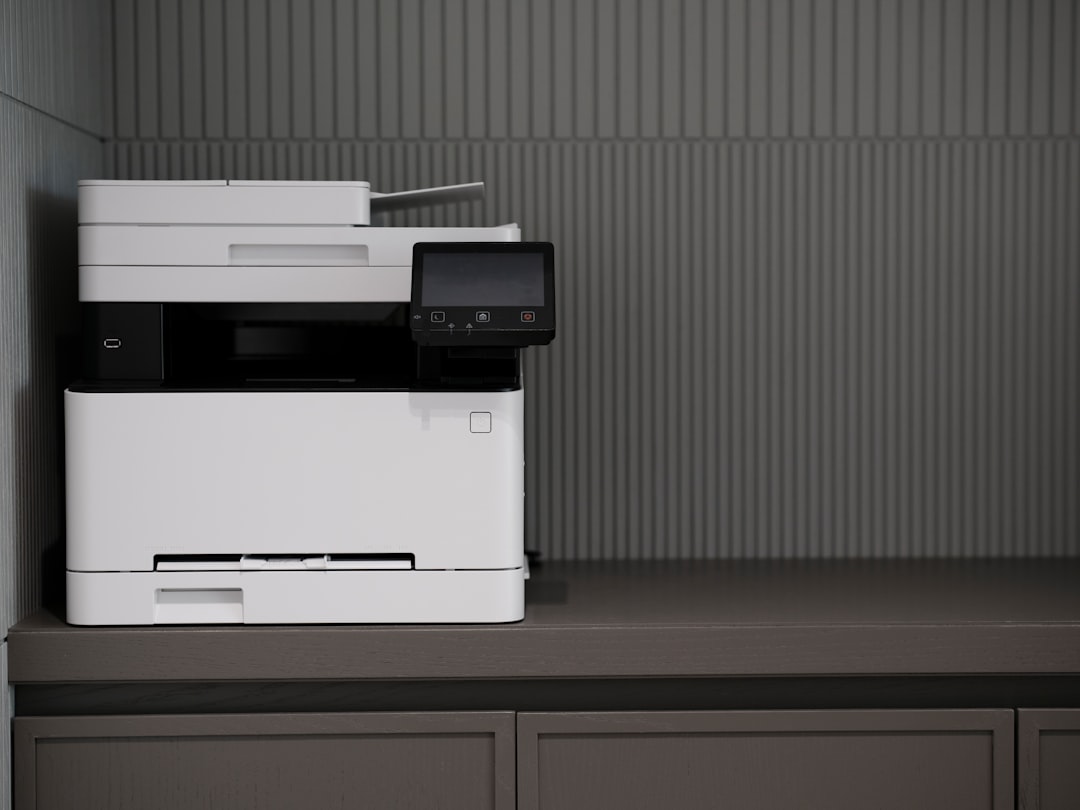
Precision targeting, actionable insights, and seamless campaign alignment define modern lead generation for printing equipment repair services. By unifying your marketing data, audience signals, and performance feedback, you can accelerate decision-making and drive conversions from high-value commercial buyers.
Integrating Google’s Local Service Ads platform into your marketing framework ensures that every dollar spent is mapped to measurable business impact. By leveraging advanced identification and intent signals, B2B marketers can identify organizations actively seeking repair services and optimize outreach for maximum engagement.
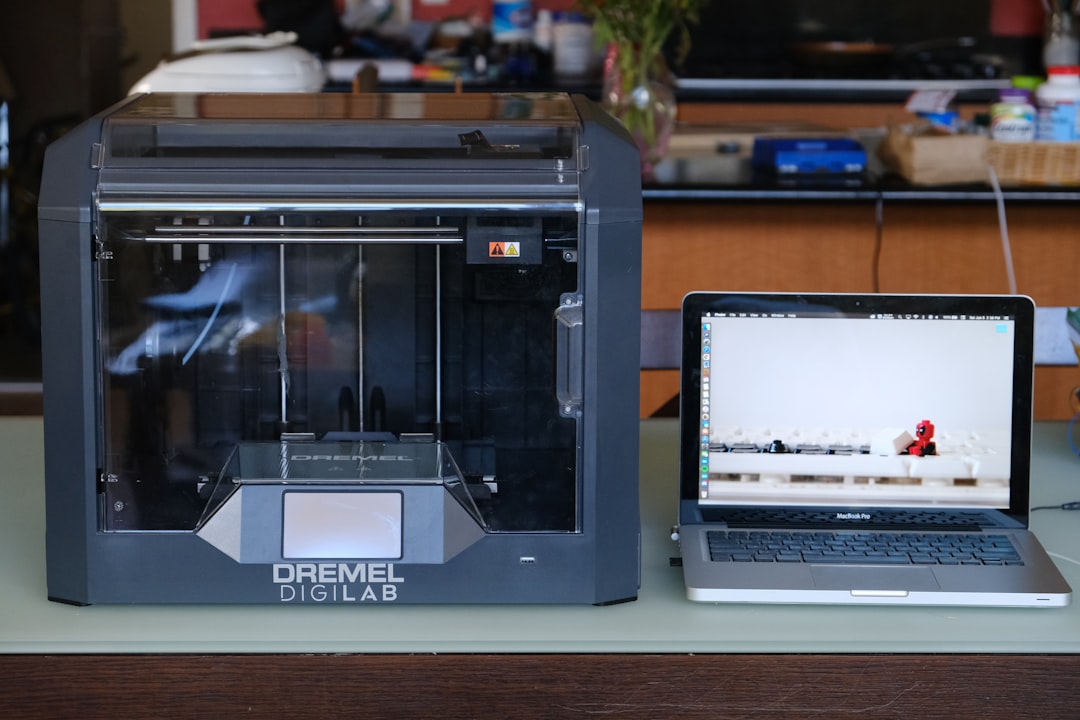
Printing equipment repair companies operate in a market where decision-makers often search for solutions with urgency and discretion. Digital marketing for printing equipment repair must rise to meet these high-intent moments, capturing facility managers and operations professionals who are actively seeking precise, time-sensitive support. Explore more best practices for B2B marketing to ensure your campaigns resonate with these specialized buyers.
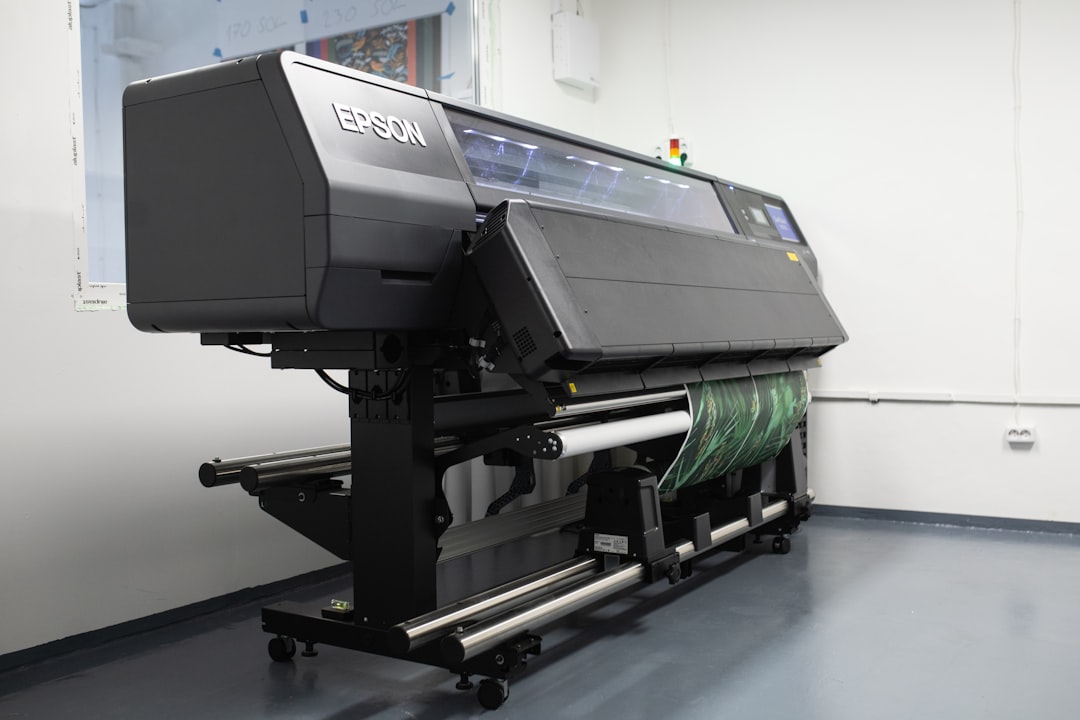
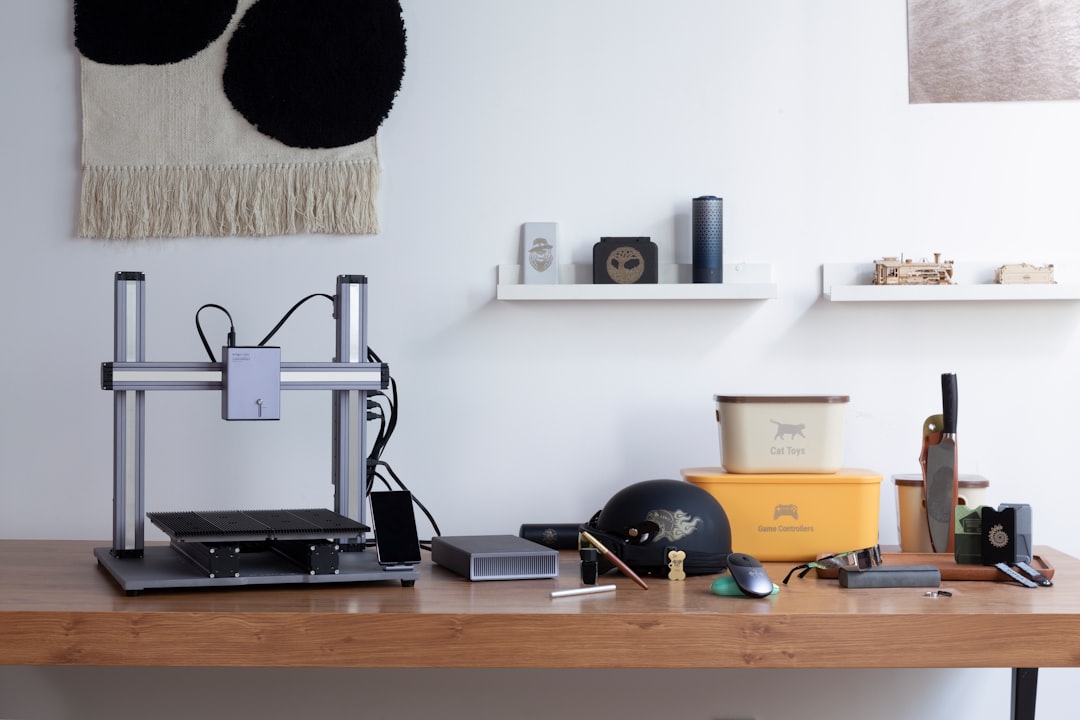
Precision in targeting and campaign design drives measurable growth for printing equipment repair businesses. By leveraging granular intent data and optimizing for high-value segments, revenue teams can uncover untapped demand and outperform generic digital marketing for printing equipment repair.
Identifying and acting on these growth opportunities requires a unified approach to Google Ads targeting for printing equipment repair, advanced analytics, and real-time audience management. Teams that continuously refine keyword strategies, analyze competitor weaknesses, and broaden reach through industry-specific channels create sustainable lead generation systems and consistently outperform less targeted campaigns. If you want to streamline your audience targeting and analytics, get started for free with Sona.
Audience segmentation is essential for maximizing the impact of digital marketing for printing equipment repair. Segmenting your audience ensures every ad dollar serves a defined business need, improving efficiency and return on investment for B2B revenue teams. To deepen your expertise, explore best practices for Google Ads in health care, which can be adapted for B2B repair campaigns.
By integrating segmentation with the latest automation and data enrichment solutions, marketing teams can unify online and offline signals, keeping campaigns agile and performance-driven. This foundation supports ongoing optimization across all digital channels. If you're ready to streamline segmentation and activation, get started for free with Sona.
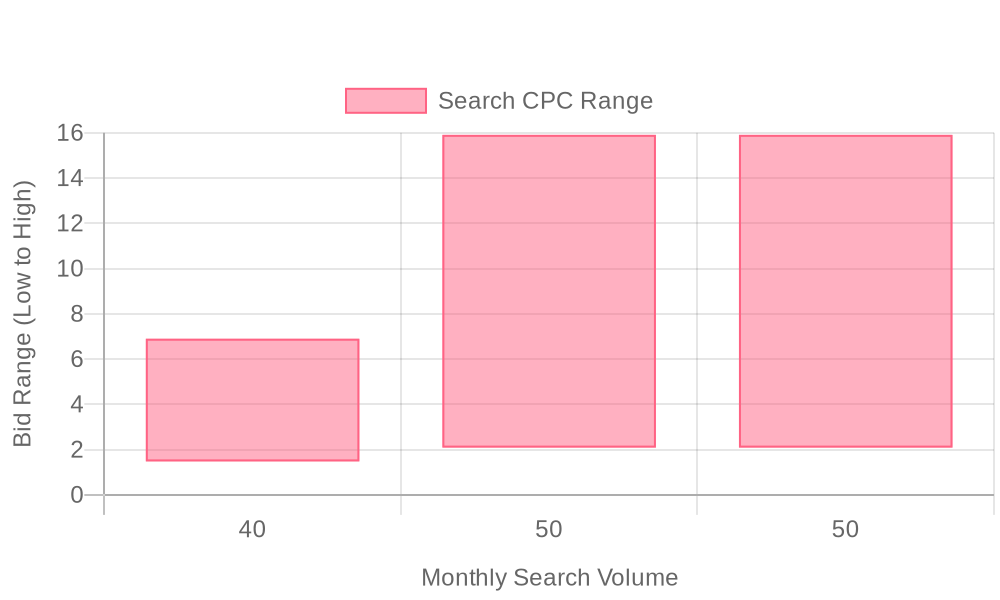
| Industry | Keyword | Monthly Search Volume | Competition Level | Low Bid | High Bid |
| Printing Equipment Repair Services | printer copier repair near me | 40 | LOW | 1.48 | 6.9 |
| Printing Equipment Repair Services | printer and copier repair | 50 | LOW | 2.09 | 15.91 |
| Printing Equipment Repair Services | printer copier repair | 50 | LOW | 2.09 | 15.91 |
Precision in keyword strategy determines the efficiency and profitability of Google Ads for Printing Equipment Repair Services. High-intent terms such as "printing equipment repair near me" or "offset press repair specialist" deliver visibility directly to prospects with urgent needs, reducing wasted spend and accelerating pipeline velocity. These terms enable campaigns to intercept buyers at the moment of decision, which is critical for B2B teams that rely on rapid response to service requests.
Expanding beyond the obvious, integrating niche keywords tailored to specific machine models or repair types unlocks access to specialized audiences. Keywords like "Heidelberg press circuit board repair" or "wide-format printer calibration services" attract plant managers and maintenance supervisors searching for expert solutions, improving lead quality and increasing conversion rates. This granular approach ensures your ads surface in highly relevant searches, which amplifies ROI and supports Google Ads optimization for printing services.
Negative keywords are equally vital, acting as a safeguard against unqualified clicks and irrelevant traffic. By excluding terms such as "printer ink," "DIY fix," or "office printer troubleshooting," campaigns avoid budget-draining queries and focus on prospects who are ready to engage with professional repair services. Leveraging real-time intent data further refines targeting: as in-market behaviors shift, budget allocation can dynamically favor audiences demonstrating active purchase signals, allowing for continuous improvement of campaign outcomes.
An integrated platform approach can elevate keyword targeting by identifying visitor identity and intent, ensuring that search terms and ad copy align with the most valuable accounts. As audiences update and leads progress through the funnel, synced CRM and ad data maintain campaign relevance and maximize the impact of each keyword investment. This holistic strategy not only drives more qualified leads but also provides the clarity needed to measure and scale success in a competitive B2B landscape. To discover how you can streamline your keyword targeting and maximize ROI, get started for free with Sona.
A high-performing Google Ads approach for printing equipment repair services demands targeted, data-driven execution. Each phase in the campaign lifecycle must align with the unique needs of B2B buyers, ensuring no high-value opportunity is missed and messaging stays sharp from search to conversion. For more in-depth strategies on driving predictable revenue, explore this revenue operations overview.
By following this execution framework, B2B revenue teams in the printing equipment repair sector can maximize both lead quality and operational efficiency. Each step, enhanced by unified data and intent-driven targeting, directly addresses the challenges unique to this industry: fragmented demand, high-value but infrequent transactions, and the critical need for trust in technical service delivery. To see how this approach can work for your team, get started for free with Sona.
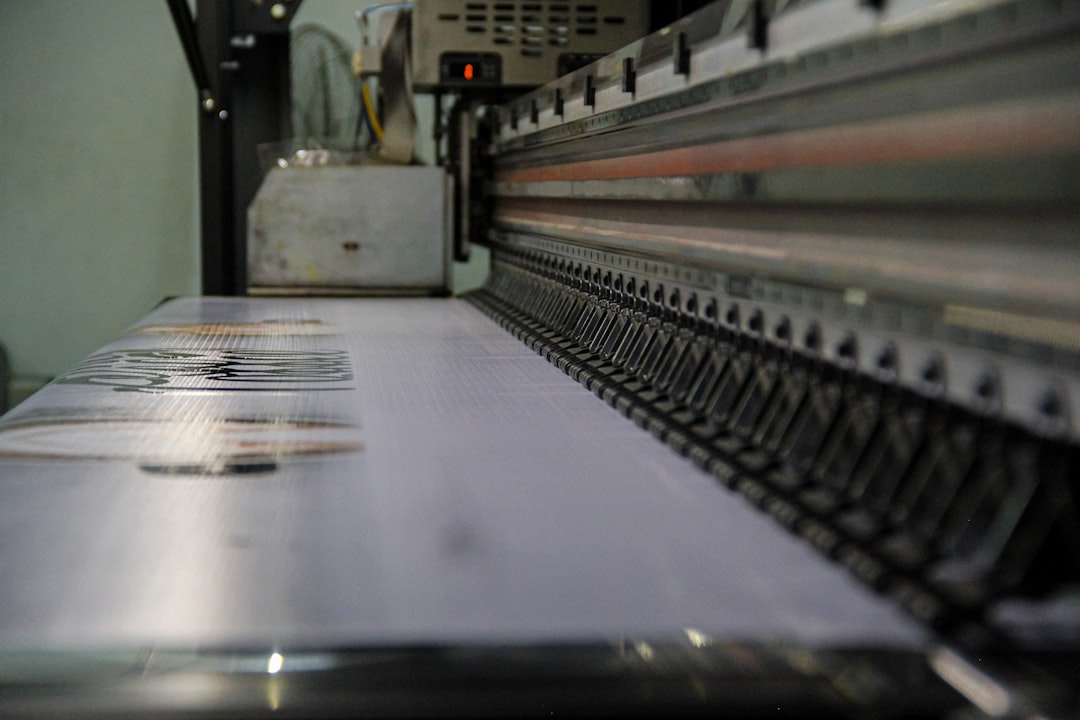
Growing a printing equipment repair services business means strategically reaching buyers at every stage while maintaining operational clarity. Effective expansion hinges on integrating digital marketing tactics with granular audience data, ensuring every campaign is targeted, measurable, and optimized for conversion. Explore the latest in-depth marketing strategies or get started for free with Sona to implement unified data-driven campaigns.
Each of these strategies, when grounded in unified data and actionable insights, empowers printing equipment repair service providers to scale their presence, close more deals, and own their target markets.
Effectively leveraging Google Ads can be the game-changer your printing equipment repair business needs to reach new heights. By embracing targeted advertising strategies, you can enhance your visibility and attract high-value clients, ensuring a steady stream of business opportunities in a competitive market.
Throughout this article, we've explored the core challenges faced by businesses in the printing equipment repair sector. From understanding the nuances of keyword selection to crafting compelling ad copy and optimizing bids, each aspect contributes to a comprehensive strategy for success. Implementing these best practices will not only improve your ad performance but also ensure you're connecting with the right audience.
Imagine the transformation when your business consistently attracts clients who appreciate the value and expertise you bring to the table. By taking action today, you can harness the power of Google Ads to drive growth and establish a prominent market presence. Start by refining your approach, testing new strategies, and continuously optimizing for better results. Start for free to experience our platform and its capabilities today. Transform your approach to digital marketing and take your printing equipment repair business to the next level.
To set up Google Ads for your printing equipment repair business, start by defining clear business objectives such as acquiring new contracts or increasing market share. Integrate Google Ads into your broader marketing strategy by aligning it with CRM, website analytics, and sales tools for seamless data flow and targeting.
Effective keywords for Google Ads in the printing equipment repair industry include 'offset printer repair,' 'commercial printing equipment service,' and 'emergency printing press maintenance.' These high-intent keywords should be paired with audience filters targeting roles such as plant managers and operations directors.
Track the success of your Google Ads campaign by monitoring conversion rates, cost-per-lead, and engagement metrics. Use advanced analytics for real-time attribution and integrate CRM data to ensure full-funnel visibility and measure true ROI.
The article does not specify the average cost per click for Google Ads in the printing equipment repair sector.
Improve your Google Ads quality score by ensuring ad copy matches landing page content, incorporating certifications and expertise, and using audience segmentation to target high-intent prospects effectively. Consistent messaging and relevant keywords can also enhance ad relevance and performance.
Join results-focused teams combining Sona Platform automation with advanced Google Ads strategies to scale lead generation

Connect your existing CRM

Free Account Enrichment

No setup fees
No commitment required

Free consultation

Get a custom Google Ads roadmap for your business
Join results-focused teams combining Sona Platform automation with advanced Meta Ads strategies to scale lead generation

Connect your existing CRM

Free Account Enrichment

No setup fees
No commitment required

Free consultation

Get a custom Google Ads roadmap for your business
Join results-focused teams combining Sona Platform automation with advanced LinkedIn Ads strategies to scale lead generation

Connect your existing CRM

Free Account Enrichment

No setup fees
No commitment required

Free consultation

Get a custom Google Ads roadmap for your business
Join results-focused teams using Sona Platform automation to activate unified sales and marketing data, maximize ROI on marketing investments, and drive measurable growth

Connect your existing CRM

Free Account Enrichment

No setup fees
No commitment required

Free consultation

Get a custom Google Ads roadmap for your business
Over 500+ auto detailing businesses trust our platform to grow their revenue
Join results-focused teams using Sona Platform automation to activate unified sales and marketing data, maximize ROI on marketing investments, and drive measurable growth

Connect your existing CRM

Free Account Enrichment

No setup fees
No commitment required

Free consultation

Get a custom Google Ads roadmap for your business
Over 500+ auto detailing businesses trust our platform to grow their revenue
Join results-focused teams using Sona Platform automation to activate unified sales and marketing data, maximize ROI on marketing investments, and drive measurable growth

Connect your existing CRM

Free Account Enrichment

No setup fees
No commitment required

Free consultation

Get a custom Google Ads roadmap for your business
Over 500+ auto detailing businesses trust our platform to grow their revenue
Our team of experts can implement your Google Ads campaigns, then show you how Sona helps you manage exceptional campaign performance and sales.
Schedule your FREE 15-minute strategy sessionOur team of experts can implement your Meta Ads campaigns, then show you how Sona helps you manage exceptional campaign performance and sales.
Schedule your FREE 15-minute strategy sessionOur team of experts can implement your LinkedIn Ads campaigns, then show you how Sona helps you manage exceptional campaign performance and sales.
Schedule your FREE 15-minute strategy sessionOur team of experts can help improve your demand generation strategy, and can show you how advanced attribution and data activation can help you realize more opportunities and improve sales performance.
Schedule your FREE 30-minute strategy sessionOur team of experts can help improve your demand generation strategy, and can show you how advanced attribution and data activation can help you realize more opportunities and improve sales performance.
Schedule your FREE 30-minute strategy sessionOur team of experts can help improve your demand generation strategy, and can show you how advanced attribution and data activation can help you realize more opportunities and improve sales performance.
Schedule your FREE 30-minute strategy sessionOur team of experts can help improve your demand generation strategy, and can show you how advanced attribution and data activation can help you realize more opportunities and improve sales performance.
Schedule your FREE 30-minute strategy session





Launch campaigns that generate qualified leads in 30 days or less.
